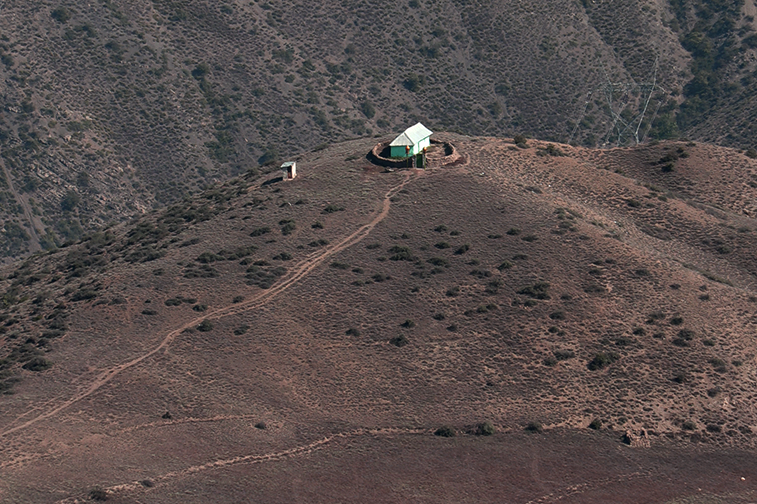Amir Ghasemian is a talented young musician who specializes in playing the Laleh-Vaa (Mazandarani Ney), a traditional wind instrument from Mazandaran.

Lorem ipsum dolor sit amet, consectetur adipiscing elit. Ut elit tellus, luctus nec ullamcorper mattis, pulvinar dapibus leo.Lorem ipsum dolor sit amet, consectetur adipiscing elit. Ut elit tellus, luctus nec ullamcorper mattis, pulvinar dapibus leo.
Laleva: The Ancestral Sound of Mazandaran
The Laleva (للهوا) is a traditional wind instrument deeply rooted in the musical heritage of Mazandaran, a northern province of Iran. Crafted from wood, its melancholic yet powerful sound has long been associated with shepherds and rural musicians, serving as both a solitary companion in the vast landscapes and a vital component of communal ceremonies.
Unlike the more widespread Nay, which is found across the Persianate world, the Laleva possesses a timbre uniquely suited to the mountainous and forested regions of Mazandaran. It is often played in pastoral settings, where its melodies harmonize with the natural soundscape of the land. Traditionally, it has been used in both secular and sacred contexts, from lullabies and love songs to funeral dirges and ritual performances.

A Revival in the Highlands: Amir Ghasemian’s Performance
One of the most evocative contemporary performances of the Laleva took place in the highlands of Alasht, an ancient town nestled in the Central Alborz Mountains. As part of an ethnographic fieldwork project conducted by Heirs of Saffron and Salt, the young musician Amir Ghasemian played this instrument against the dramatic backdrop of mist-covered peaks.
His performance, captured on film, revealed the deep resonance between landscape and music, as the piercing notes of the Laleva seemed to merge with the whispering winds and distant echoes of livestock. The setting was reminiscent of how the instrument was historically played—alone, yet profoundly connected to the environment. Through such performances, a new generation of musicians is breathing life into this fading tradition, ensuring its preservation for the future.
Datar Pak: The Sacred Female Temples of the Past
The Datar Pak (Daughter Pure) are the remnants of ancient female temples, once the sanctuaries of devotees of Anahita, the goddess of waters and fertility in Zoroastrian tradition. Scattered across Iran, these spaces stand as silent witnesses to a time when sacred femininity played a central role in spiritual life. Each village holds its own tale about these shrines, and at the heart of these stories is often a virtuous young woman who sacrificed herself in the name of purity.
Today, these houses function as exclusive gathering places for women, upholding strict customs and traditions that have survived through centuries. In Fars and Bushehr, such a sanctuary might be known as the Shrine of the Fairy King’s Daughter. In Semnan and Khorasan, it could be the eternal resting place of a famed or anonymous Sufi mystic. However, in the mountainous regions of Savadkuh, it has a distinct name: Datar Pak (Daughter Pure).
Historians recognize that new temples often rise upon the ruins of the old, and the echoes of ancient rites persist through the ages. Just as the winds shift southward and return northward around the figures of women, so too does the sacred remain—unchanged beneath the sun, repeating itself in cycles of time.

Local folklore warns that no man should enter these sacred spaces. Legends tell of pregnant women who unknowingly stepped inside, unaware that they carried male children, only to be confronted by the temple’s twin serpents—guardians of the sanctuary. These serpents, it is said, would either drive the intruders away or strike them with their venom.
Such myths reinforce the notion that these temples remain steadfastly dedicated to the feminine divine. In a world where ancient traditions face erasure, the Datar Pak stand as enduring symbols of sacred womanhood, echoing the voices of those who came before.


